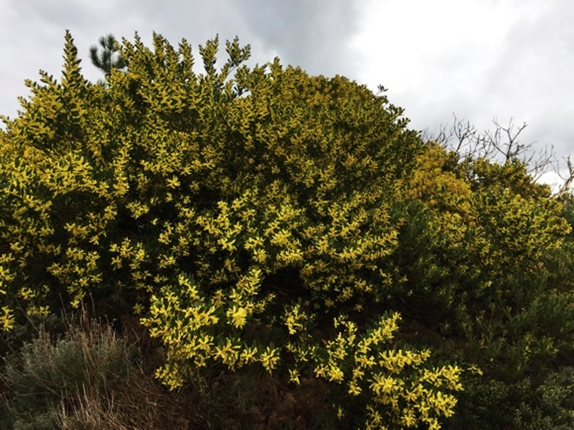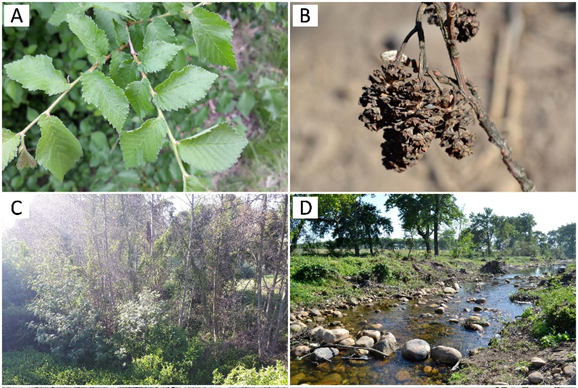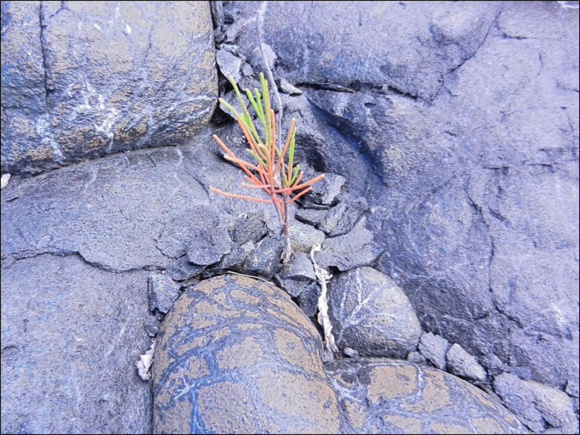8 April 2019 | By Heidi Hirsch
In a paper recently published in the American Journal of Botany, C·I·B postdoctoral fellow Heidi Hirsch and co-workers highlighted the very complex introduction history of the invasive tree Silver wattle (Acacia dealbata) in South Africa. The paper was co-authored by C·I·B Core Team Members David Richardson and Jaco Le Roux and C·I·B PhD student Maria Castillo.
Knowledge of the introduction history (i.e. source(s), number and size of introduction events) of an invasive species is crucial for understanding its invasion success and to facilitate effective and sustainable management approaches. Silver wattle, native to eastern and south-eastern parts of Australia and Tasmania, is a widespread and globally important invasive tree. In South Africa, where it was introduced in the mid-19th century, the species invades riparian habitats in the north-eastern summer-rainfall regions where it displaces and changes native vegetation. Tracing the invasion history of Silver wattle in South Africa based only on historical records is, however, impossible due to the fact that seeds were commercially distributed for various purposes, often without documentation on the origin of the seed material.
This study used a combination of genetic fingerprinting and state-of-the-art genetic modelling approaches to compare the genetic make-up between populations sampled across the species’ native range and its non-native range in South Africa. It also sought to determine the most likely introduction scenario.
Surprisingly, even with these highly sophisticated methodologies, it was not possible to identify from where, or how many times, Silver wattle was introduced into the country. Instead, the analyses revealed a clear genetic distinctiveness, lower genetic diversity and structure in invasive populations compared to native populations, and indicated that the most likely introduction scenario involves an unknown source population.
“Our results”, says Heidi Hirsch, “imply that invasive populations of Silver wattle in South Africa have a very complex introduction history, possibly linked to evolutionary change and introduction from another invasive range. Our next step will be to investigate invasive populations from other parts of the global invasive range of this species. This will help us, not only to gain a more comprehensive understanding on the species’ global invasion history, but also, hopefully, find the missing historical link regarding its introduction in South Africa.”
Read the paper
Please contact Heidi Hirsch at heidihirsch71@gmail.com for further information.



